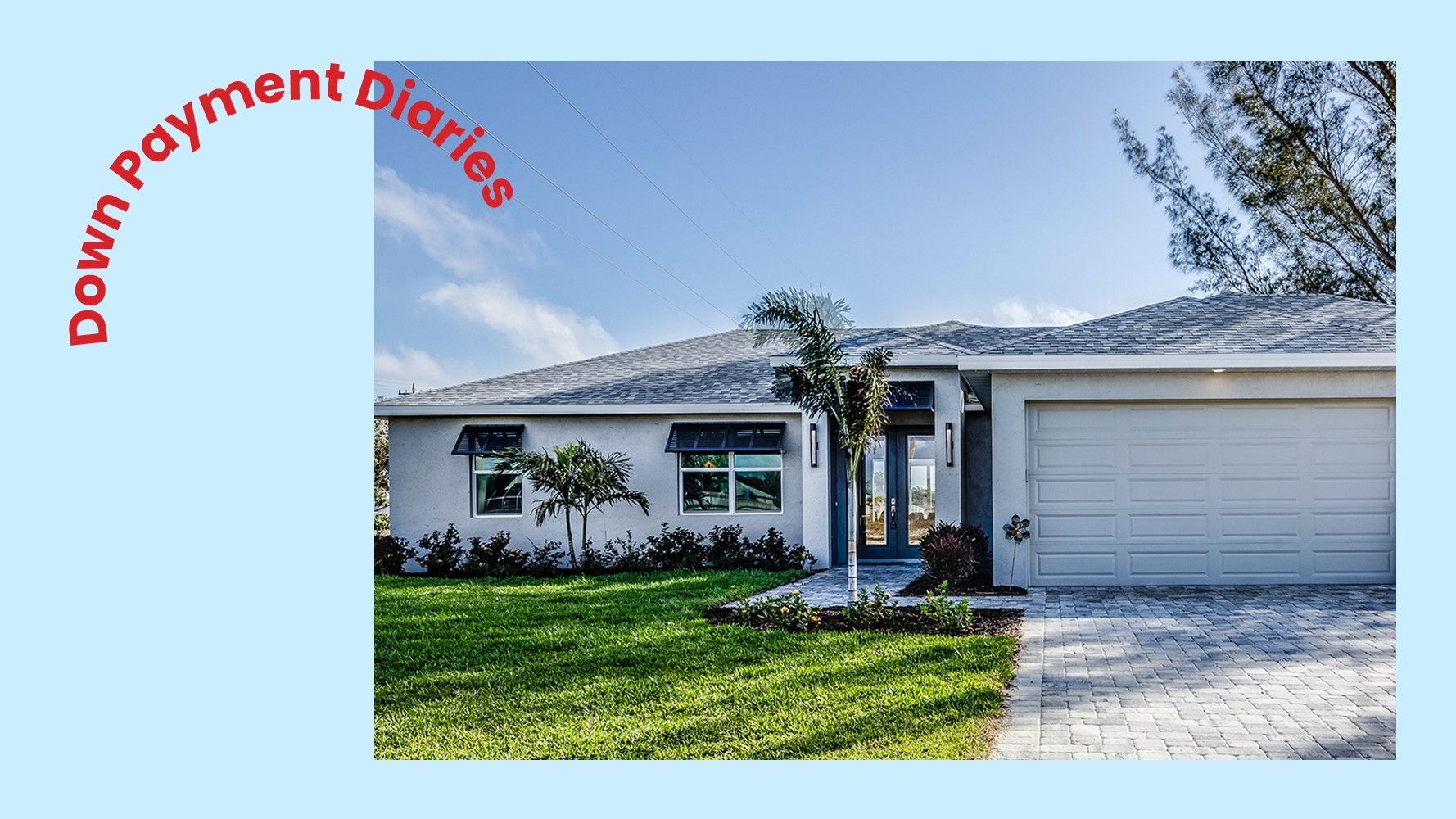
Ever felt confused by fanciful jargon that real estate experts or financial advisors sometimes throw at you? Are you trying to make sense of the terms that you see on our website, Litpoodle.com? Then worry not. Here in this blog, we will try to explain the most commonly used real estate investment terms and how they ought to be interpreted, through real life examples. By no means should this be considered an expansive and comprehensive treatise on real estate investment terminology but more of an attempt to put together a quick guide for novice investors. Nor is this to be considered as investment advice by any means. Please also note that this covers only the investment related terms and not necessarily an explanation of real estate terms like ‘appraisal’ for instance. There will be another blog dedicated to the latter.
Before we dive in, for the purpose of contextual understanding, let us consider a real life example. So, without further ado, let me introduce our star propaganist of today’s blog – Jane Doe!! Jane is a first time investor who has a rental property to her name. The details of the property are below.
Rental Property Details:
For this rental property, she paid $200,000, put 20% down and for the remaining $160,000 she availed a 30 year fixed rate loan at 4% interest rate. Her one-time total closing expenses like paying for the inspection and appraisal for instance, were $4500. The town she chose to invest in had a vacancy rate of roughly 8.3%. Put in another way – 8.3% is approximately 1/12 – which meant that Jane could expect that on average the rental property would lie vacant for one month in a year. Currently similar properties in the vicinity have been renting for around $1650 per month. And last but not the least of the details, this rental property falls under a Home Owner’s association (HOA) whose monthly dues are $130.
At the end of year 1,
Exactly a year after the purchase of the property, Jane decided to review the numbers to see how her investment performed.
The rental property, as expected, was vacant for the first month and then rented out. It fetched $1650 in rent for each of the remaining 11 months. She incurred the following operating expenses during the year:
Insurance: $900/year
Annual Maintenance/Repair: $1000 (for two different service calls – $600 & $400)
Annual Property Tax: $2200
HOA dues: 12*$130 = $1560
And in addition to the above expenses, there was one more that was bigger than all of the above – the mortgage payment. Her monthly mortgage payment was $771.07 to the bank that loaned her. Also Jane noted from the bank statements that although the mortgage payment each month was fixed, the interest and principal portions of that payment varied each month and that they always added up to $771.07. In the beginning the interest portion of the payment was higher but with every month it kept decreasing whereas the principal portion kept rising. And then she remembered – while signing the loan documents she had seen the schedule of payments given by the bank which had showed interest part of the payments decreasing each month until they reach 0 at the end of 30 years.
Ok now let’s get to the metrics one by one and see how Jane should go about calculating them.
1) Net Operating Income (NOI): It is arrived by deducting the operating expenses (repairs, property taxes, insurance, HOA, etc.) from the revenue derived from the property.
In Jane’s case, her total revenue from rent was $1650*11 = $18,150. And her total operating expenses (insurance+repairs/maintenance+property taxes+HOA dues) for the year were $900+ $1000 + $2200 + $1560 = $5660. So deducting this from revenue ($18150-$5660), we will arrive at the annual Net Operating Income of $12490.
Note that we are using the vacancy adjusted rental income for our calculations at LitPoodle since we also want to show you the impact of vacancy and mimic the real world scenario as much as possible.
One more thing to observe is that mortgage payments are not considered for calculating NOI since they are technically not operating expenses.
2) Cap rate: Cap rate is the ratio of the net operating income (annual) to the market value of the home expressed as a percentage.
Jane’s NOI is $12,490 and she paid $200,000 for the property, which is the market value of the property. So her cap rate would be $12,490/$200,000 = 6.25%.
Note that you will have to use the latest market value in Cap rate calculation. Let’s say Jane keeps the property for a few more years and is interested in calculating the cap rate at that point, then she will have to consider that year’s NOI and the market value of the property at that point in time instead of the original purchase price of $200,000.
3) Net Cash Flow: It is the net cash remaining after paying for all expenses. You can also arrive at net cash flow by deducting the mortgage payments (principal + interest) and replacement fund contributions, if any, from net operating income.
Jane’s incoming cash amount was $18,150 from rent. Her cash outgo was $5,660 for operating expenses and $9,253 for a total of 12 mortgage payments. So her Net Cash Flow is $18,150-$5,660-$9,253 = $3,237.
4) Cash on Cash Return (CCR): CCR is given as the ratio of Net Cash Flow to the amount of cash that was invested.
Remember that in Jane’s case, she put in only $40,000 as down and spent another $4500 as one-time closing expenses. So her total cash investment when she purchased the property was $44,500. Now, in the first year her net cash flow was $3,237. Dividing this by her cash investment, we get the CCR of 7.28% for Jane’s property.
Note that some investors put in 100% cash for their investment without availing any loan. Had Jane done the same, she would have had to divide the net cash flow of $3,237 by $204,500 to arrive at the CCR.
5) Gross Rental Yield or Rental Yield: It is the ratio of expected rental income to the value of the home expressed as a percentage. When compared to the cap ratio, this metric has a slight disadvantage due to not considering operating expenses, which in some cases can be significant.
Jane would have to divide the expected rental income of $1650*12 ($19,800) by $200,000 to arrive at the gross rental yield of 9.9%.
6) Annualized Growth Rate (AGR): Also known by several other terms like Return on Investment (ROI) or Growth%, AGR shows the net annual return on your investment from all sources including property’s capital appreciation, monthly rental income & loan principal repayment.
Let’s assume that the home appreciated by 2.8% (which is roughly equal to the average annual inflation %) at the end of first year. Then that would mean that the value of the house went up by $5,600 in 1 year. In addition Jane also saw a net cash inflow of $3,237 and finally, through her bank statements she realized that she paid a total of $2,853 that year towards principal balance. All in all, she made a cool $11,690 in returns at the end of year 1 on her initial investment of $44,500. What this AGR metric does is, it calculates these returns over a certain number of years and divides it by the invested amount and then annualizes that return rate. In LitPoodle, AGR over 10 year and 30 year periods are shown for every property.
And finally note that this metric is different from IRR (Internal rate of return that some might use.
7) Annualized Growth Rate with Net Cash Flow reinvested: Often in real life, investors tend to reinvest periodically the net proceeds from an investment, like for example, the reinvesting of stock dividends. So LitPoodle pioneered this metric to provide an understanding of how the reinvesting of net cash flow would affect the AGR. Login in to LitPoodle website and check out a few homes to see to get an idea of this metric.
Jane saw a net cash flow of $3,237. This metric would tell her what the new AGR would be if she decided to reinvest the cash flow of $3,237 and continued to do the same at the end of each year she had a positive cash flow.












